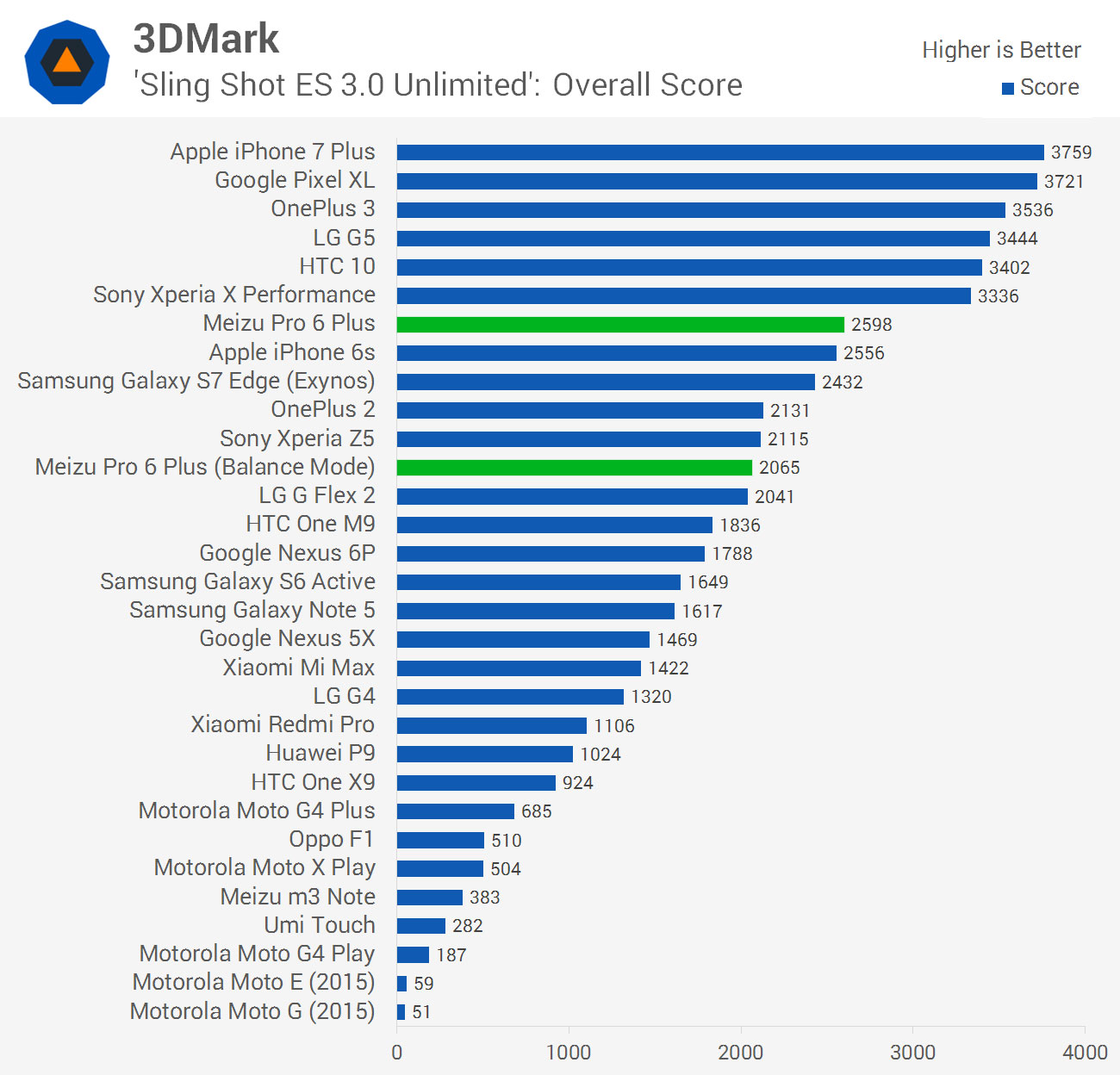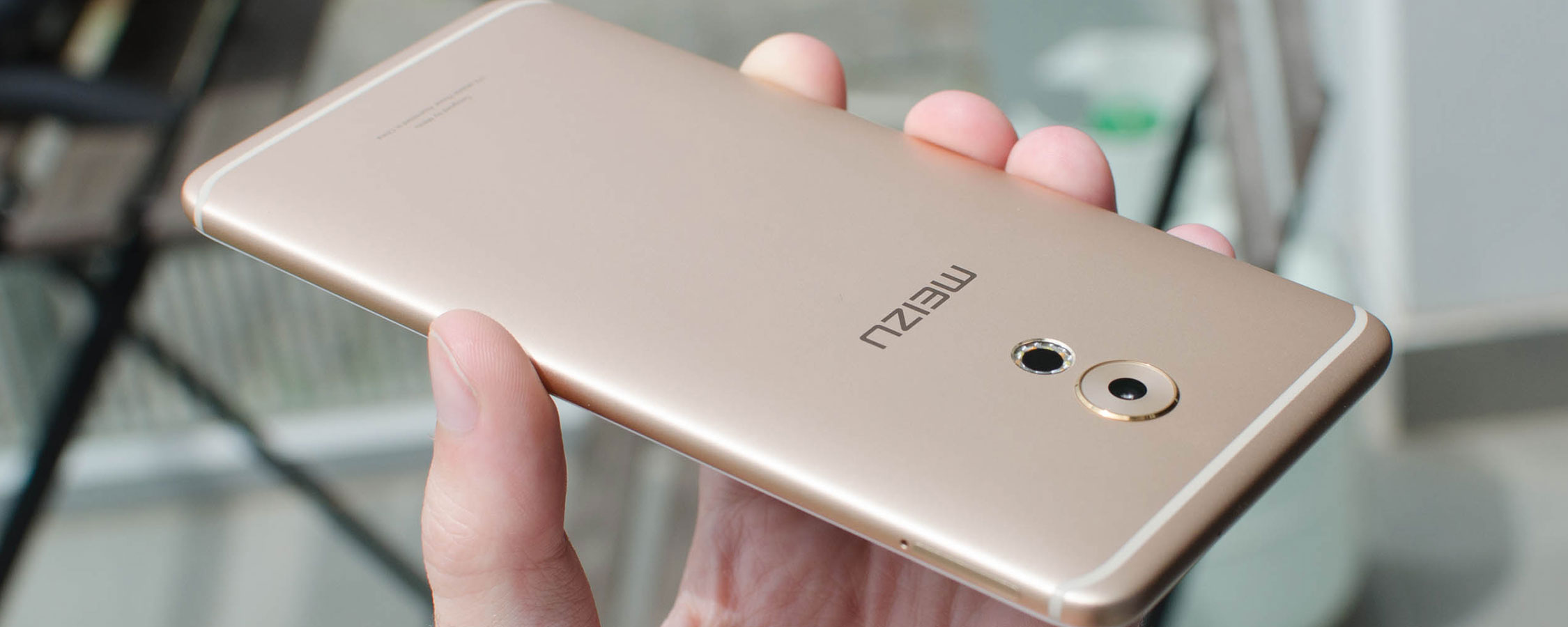Graphics and Storage Performance




Switching from the balance to performance modes improves graphics performance by roughly 20 percent on average, although in some cases gains were as little as five percent. Nevertheless, if you plan on using the Pro 6 Plus for gaming, you should switch to the performance mode.
In GPU benchmarks, Samsung's Galaxy S7 is 9 percent faster on average, while the OnePlus 3 with its Snapdragon 820 is around 30 percent faster. For most of today's games running at 1440p on the Pro 6 Plus' display, the performance provided by the Exynos 8890 and its Mali-T880 is adequate, particularly as the Pro 6 Plus won't be used for high-performance virtual reality (this handset does not support Google Daydream).

After 30 minutes of heavy load, the Pro 6 Plus throttled by just 15 percent, which is very good considering the Galaxy S7 throttles by more than 40 percent after a similar time frame. The Pro 6 Plus also throttles less than most Snapdragon 820 devices, although the OnePlus 3 is an exception (it doesn't throttle). In fact, after 30 minutes of continuous gaming, the Pro 6 Plus performs similarly to most 1440p Snapdragon 820 devices, which boast faster peak performance.



The storage solution in the Pro 6 Plus is very fast, matching most high-end Android devices I've reviewed recently. I didn't get even close to the 1.4 GB/s of "bandwidth" Meizu claims on one of their product pages, but performance was very good nonetheless. When set to the performance mode, this results in fast app loading.
I'd still like to see a microSD card slot in the Pro 6 Plus, but having 64 GB of fast storage as standard largely mitigates this concern. I was also glad to learn it only costs CNY 300 (around $40) to upgrade from the 64 to 128 GB model: this is still roughly twice the cost of a 64 GB microSD card, but you're getting a more seamless storage solution with much faster access speeds.
